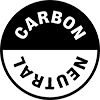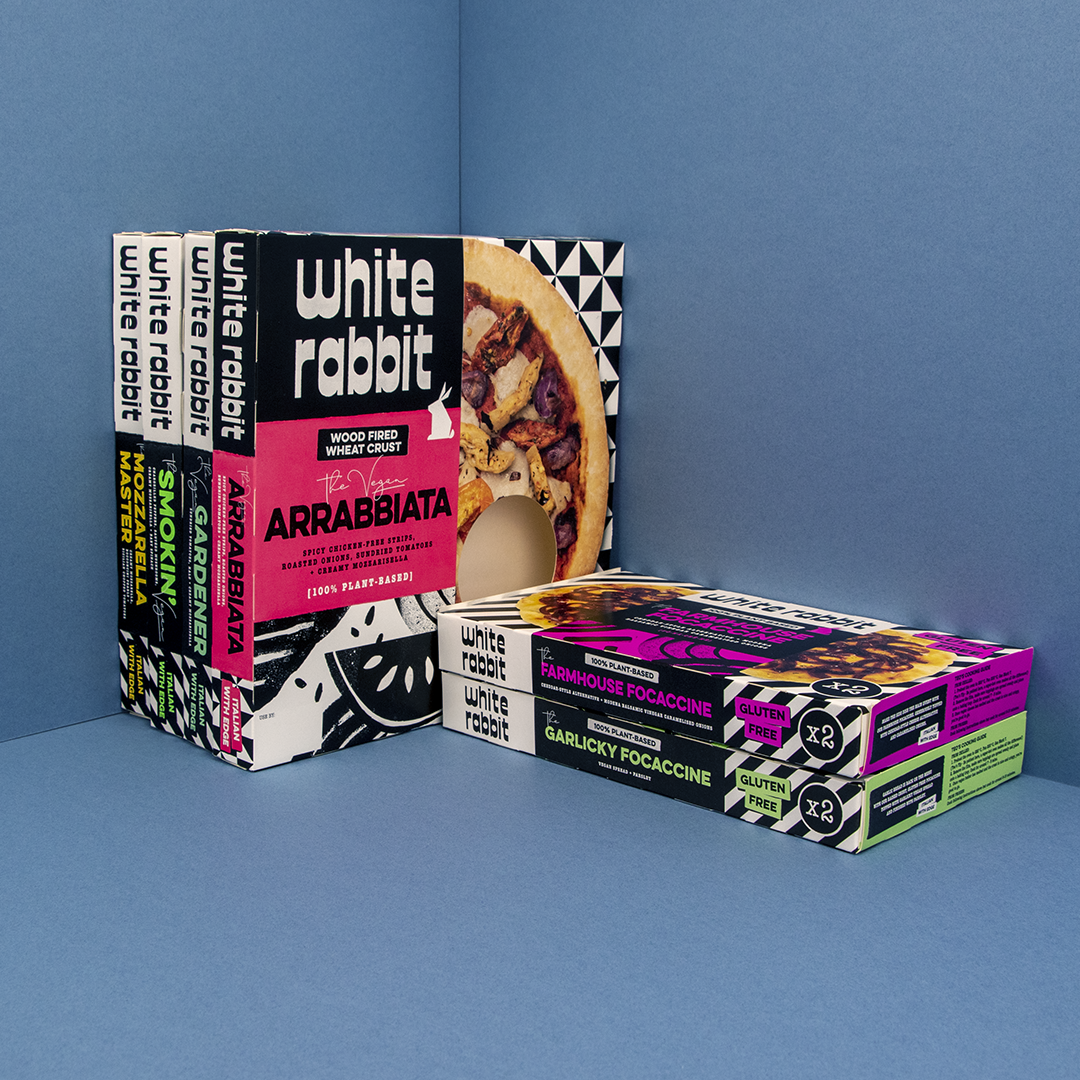8 Food Packaging Design Tips from the Industry’s Experts
Want to excite customers and create a truly successful product? Check out our packaging design tips to boost brand awareness, customer engagement and sales.
The food and drink industry is the largest manufacturing sector in the UK, contributing over £29 billion to the economy annually. In this competitive, overcrowded market, it’s a difficult task to make your products stand out, especially when popular, well-established brands dominate the shelves.
Whether you’re planning on conquering a small corner of the market or taking on the industry’s titans, your product packaging forms an integral part of your overall marketing strategy. No matter how delicious your food may be, you need effective packaging to sell your delectable delights. So why is food packaging design important, and how can you create an effective design?
Why Is Food Packaging Design Important?
Food packaging serves several purposes, from protecting your delicate food products to marketing your sumptuous, pre-packed cuisine to the masses. If your packaging fails on any one of numerous fronts, your customers will be immediately put off and likely opt for a competitor’s product. This makes designing effective food packaging a bit of a minefield, so it’s advisable to get expert packaging advice when bringing a new product to market.
Digging deeper into food packaging design, studies indicate that attractive packaging causes activity in the brain associated with rewards. In contrast, poorly designed packaging can prompt negative emotions, which isn’t what you need if you want your customers to pick you over your many competitors. So what goes into creating a compelling packaging design?
Food Packaging Design Tips for In-Store Success
Food packaging design has a real impact on consumer decision making, so you need to make every effort to ensure your packaging is on-brand and appealing to customers. To make your life easier, we’ve collected seven top tips for effective food packaging design:
1. Use Your Food Packaging Design to Promote Your Brand
The golden rule of packaging is to keep your design consistent with your brand. Consider how you want people to see your brand and what values drive your company. Are you relaxed? Natural? Outgoing? Edgy? Whatever your brand stands for, make sure it’s reflected in your packaging. This will help you connect with your customers.
Apple’s packaging is all about beautiful design and simplicity, which is abundantly clear in its product design. Each product’s packaging is sleek, minimal and simple. You won’t find any excessive graphics or images on Apple’s packaging, as that would detract from the brand’s message. The superior quality of the packaging is also an accurate representation of the company’s products.
2. Pick the Best Packaging Material for Your Food Items
The appearance of your packaging is important, but so are the materials it’s made from. There are many packaging materials used in the food industry, including glass, plastic, aluminium and cardboard, giving you plenty of choices. However, the challenge lies in finding the right materials for your products.
Think about materials that maintain maximum freshness, provide protection and have environmental benefits, like bagasse, bioplastic and kraft board. Given the increased concern over plastic packaging, eco-friendly alternatives for food packaging are becoming more popular — a biodegradable package design could make all the difference when it comes to making a sale.
3. Stay True to Your Product
To get repeat business, you need to be authentic and reliable. Customers need to trust you. If you include pictures of your food on the packaging, make sure they accurately represent your product. Misrepresented products leave people feeling confused and disappointed, so don’t intentionally mislead your customers. Similarly, don’t manipulate your packaging design to make your product look bigger or better value than it is. You might win an initial purchase, but customers won’t give you repeat business.
There are some incredibly misleading packaging designs out there. If you don’t want your product to go viral for all the wrong reasons, do the right thing and be honest with your customers to earn their trust and establish brand loyalty.
4. Clean, Clear and Straight-Forward Package Design
Direct, no-nonsense communication cuts through the noise. Food packaging should be no different. Consumers make rapid, impulsive decisions about whether or not to buy a product. So make sure your product design contains all of the essential information about your product; what it includes, how to prepare it and what to do with the packaging once it’s used. This will help your customers make an informed decision about purchasing your item.
5. Compliant with Food Packaging Regulations
Most crucially of all, you must ensure your packaging complies with food regulations. Introduced in October 2021, Natasha’s Law states that all pre-packed for direct sale (PPDS) food must clearly display the following information on the packaging:
- The name of the food.
- A full ingredients list, with allergenic ingredients emphasised (for example, in bold, italics or a different colour).
Packaging regulation updates such as these are designed to protect people with allergies or intolerances. They’ve proven effective over the past two decades, but while deaths from allergic reactions are in decline, hospital admissions for food-induced anaphylaxis have increased over the same period. This makes it all the more vital that your packaging describes exactly what your food products contain.
6. Consider Shelf Impact
“Shelf impact” is a term used to describe how your product will look on shelves of a store. Your product will no doubt be surrounded by countless competitors and tempting alternatives, so you need to carefully consider the reasons why a customer would pick your product over another.
When designing your product’s packaging, shelf impact should be a priority. You need to clearly communicate the compelling reason why your product is right for customers. Whether it’s a splash of colour or a refreshingly simple and classic design, take the time to explore what will make your packaging the most appealing option to passing customers.
7. Give Customers a Sneak Peek
Human beings are tactile creatures. We like to taste and smell our food. We also like to get a good look at it before we buy it, if possible. You might want to consider transparent boxes to give your customers a glimpse of your product so they know what they are purchasing — and they can get excited about it.
8. Remember Form and Function
It’s easy to get wrapped up in the details of your food packaging design. While aesthetically pleasing packaging will score points with customers, you need to make sure your packaging is practical. Your product needs to be safe in the packaging and it needs to maintain good condition while it’s transported. Different materials will need to be used depending on your product — and different shapes will help your product stay intact.
For example, the cylindrical cans of Pringles were specifically developed to hold the stackable chips in place and maintain freshness. However, the packaging has recently faced scrutiny regarding its recyclability since it features not one, not two, but three packaging materials to achieve its purpose.
Need a Custom Food Packaging Design for Your Products?
Designing food packaging can be a tricky business. With so much to consider, a custom packaging solution is often the best way to go if you’re bringing a new product to the market or rejuvenating one of your existing offerings. Creating custom, branded packaging will allow you to address key aspects of design with the help of experts responsible for creating solutions for brands like Walker’s, Pizza Express and many more.
At Packaging Supplies, we provide eco-friendly food packaging and custom boxes to industries across the UK and Europe. Get in touch today for a free custom packaging quote and let us help create bespoke food packaging that sells your products.



